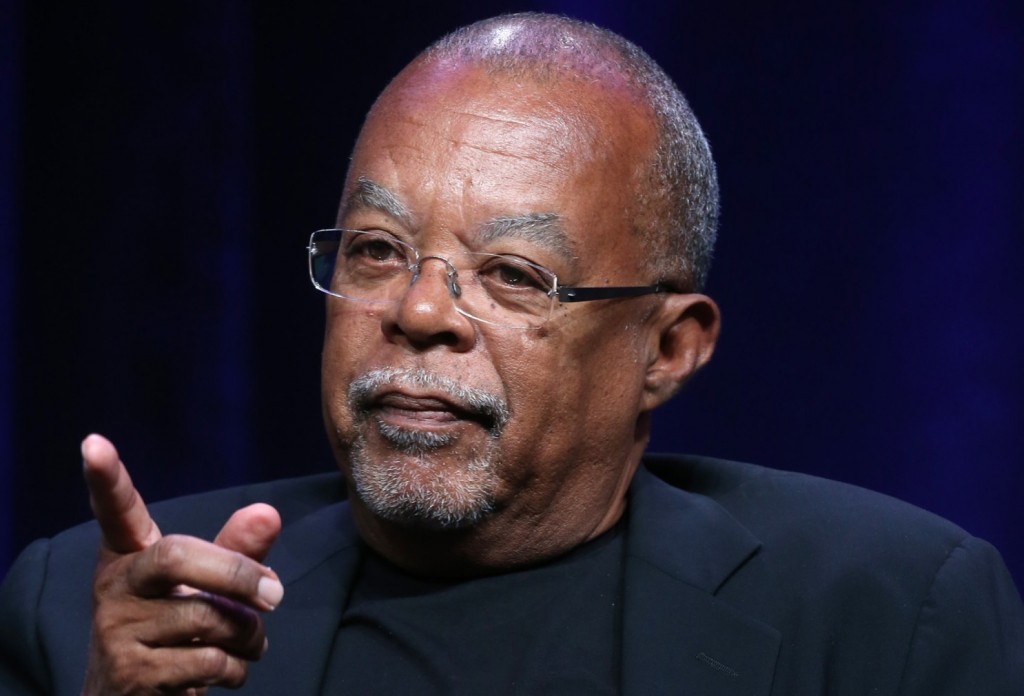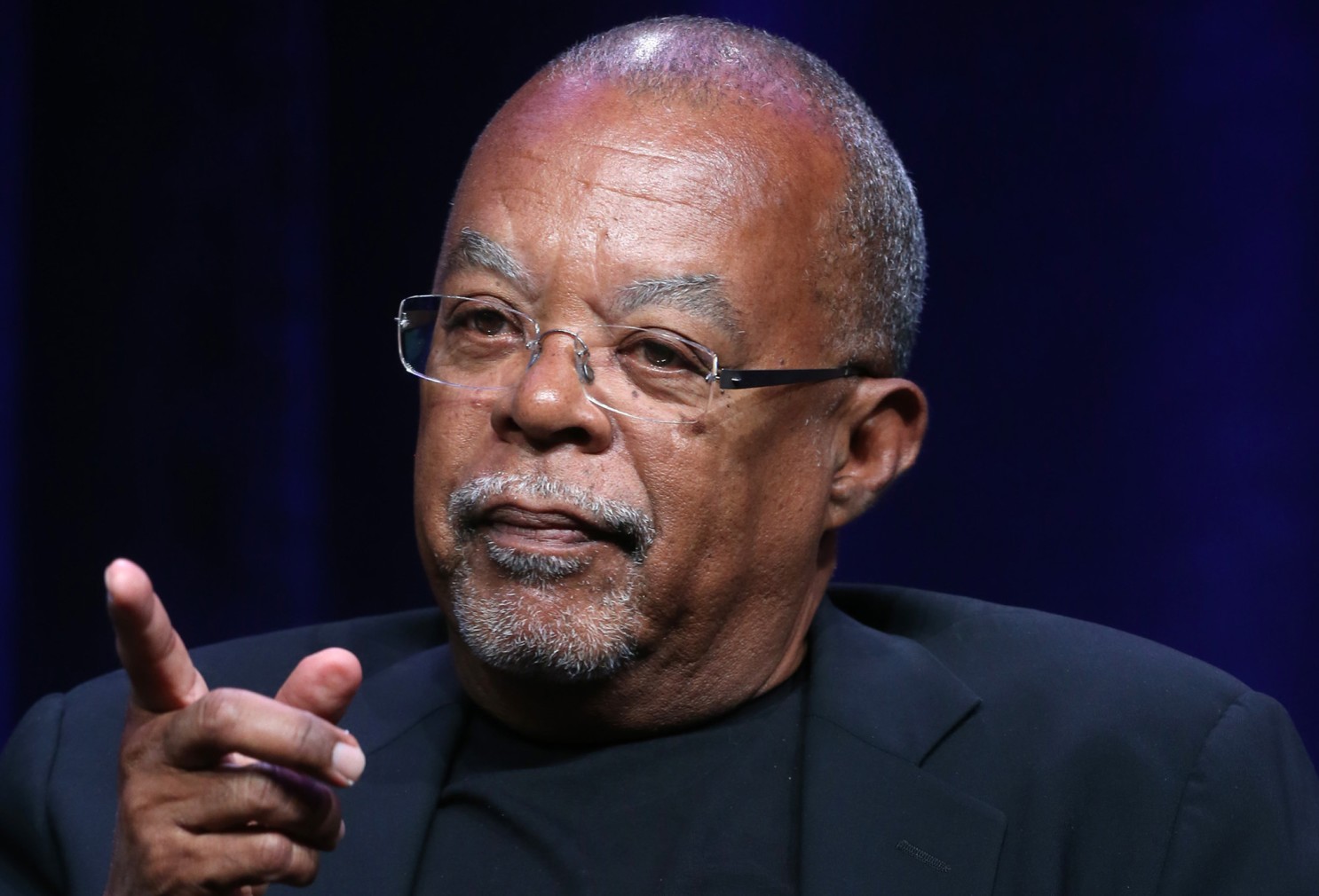Some whites more African than they know

BY LOU SIFA
Race has long influenced the core identity of many Americans. But, if race is a concept that is more “colorful” than expected, then the latest findings in genealogy may point to a widespread case of mistaken identity.
On the second season of Finding Your Roots —a pioneering series on the U.S. public television PBS that examines the family history of guests from various racial backgrounds—host Henry Louis Gates Jr. breaks down the ancestral diversity of the collective American identity. One of the astounding discoveries that the show revealed to its viewers is the fact that despite identifying as “white,” many Americans have ancestry that is more diverse than they previously thought—especially in the South where the largest concentration of self-identified Caucasians with African ancestry resides.
Using data collected by 23and Me—a company specializing in ancestral genetic testing, Finding Your Roots has concluded that about 10 percent of Caucasians living in Southern states possess African lineage. And in South Carolina and Louisiana, as many as one in 20 self-identified whites possess at least 2 percent African DNA.
The American Journal of Human Genetics conducted an insightful study that sheds light upon the gender pairings that birthed a portion of America’s biracial population. The findings reveal that European males account for 19 percent of blacks with mixed ancestry whereas European females account for only 5 percent. Furthermore, the study has determined that the height of such miscegenation transpired in the early 1800s—a time when some white slave owners used to rape black female slaves.

In order to determine the approximate threshold where otherwise biracial Americans began to identify as “white,” The American Journal of Human Genetics drew a connection between the percentage of African ancestry possessed by many people of mixed racial background and the race they identified with. The publication found that Americans tend to identify as whites when they possess less than 28 percent African lineage.
While commenting on the “one-drop” rule–the sociological practice of classifying anyone who possesses the least bit of African ancestry as “black,” – Gates called it “arbitrary and grotesque,” arguing that the more we discover just how diverse the lineage of many Americans truly is, the more we understand just how “absurd” it is to classify them under rigid racial groupings that do not fully reflect the depths of their ancestral roots.
__________
Henry Louis Gates, Jr. is the Alphonse Fletcher University Professor and Director of the Hutchins Center for African and African American Research at Harvard University.


